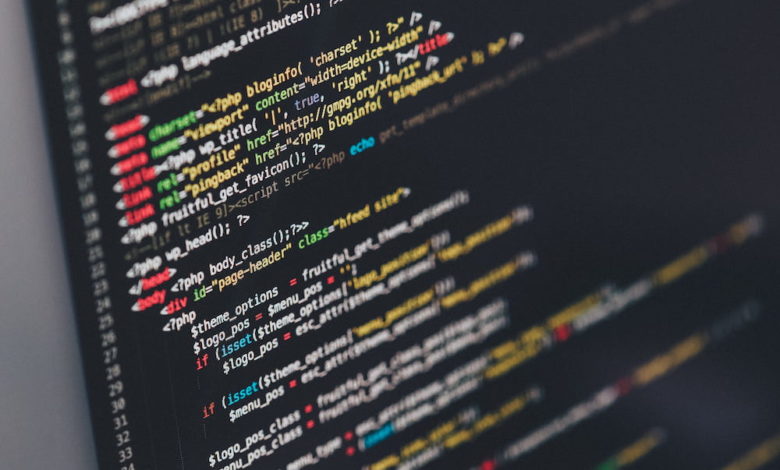Maritime’s start-up scene mushrooms

A new report published by Inmarsat in association with consultancy Thetius shows the dramatic build-up of start-ups focusing on maritime opportunities.
Entitled The Optimal Route – The Why and How of Digital Decarbonisation in Shipping, the 57-page report contains plenty of statistics on the mushrooming shipping tech scene such as the fact that 40% of the technology companies operating in the maritime sector today have been founded since 2011, the year when the International Maritime Organization (IMO) first launched its greenhouse gas (GHG) strategy.
Since the IMO GHG strategy launch in 2011, there has been an average 4.7-fold increase in the average number of start-ups entering maritime digital innovation year-on-year, the report states.
There has also been a 10-fold increase in patents filed over the same period.
Looking specifically at the market for digital ship operations and management technology, Thetius data indicates that digital transformation in this area is currently an $11bn industry with a compound annual growth rate of approximately 4.5%.
Of all of the decarbonisation markets tracked by Thetius, ship operations is the busiest with over 600 active organisations across the world. Most are start-ups which account for 29% of the market, followed by small and medium enterprise (SME) providers at 25%, closely trailed by large enterprises at 23%.
Carbon and connectivity were two of the dominant themes covered in Splash’s 2022 tech preview published in January.
“In our minds, the two biggest opportunities that shipping companies have are decarbonisation and the enabling capabilities of technology. These are levers that give the opportunity to differentiate and create new value,” Max Wong, head of IT at Eastern Pacific Shipping, told Splash.
“2022 is the year that more operators realise that they will need the software and connectivity to understand and report their emissions profile and that means finding an on-ramp to technology that can help them do that,” predicted Neville Smith, a Splash columnist and founder of Mariner Communications.
“It’s time to accept that tech is an essential piece of that jigsaw, not a nice to have add-on,” Smith concluded.

All great that there is a drive to invent new technology to improve the ships performance – BUT:
What about the tonnage already out there?
Why such a lack of transparency?
And do we have to wait for legislation to drive for transparency?
In short majority of ships performance is monitored manually – noon reports will give manual readings on fuel consumption, pressure and temperatures on auxiliary machinery and once a month at best the ship will submit a performance sheet on the Main Engines parameters – sadly not always taken at same engine load, weather conditions thus it is never ISO corrected. So, no one can really evaluate what gadgets really improve a ships performance or maintains it.
A sailing ship there are very few add-ons that one can utilize to improve performance – what is worse no one has sufficient correct data to verify that saving or as also seen that the add-on reduces efficiency, if you install a mavis duct and it is off set well then, I assure there will be no saving.
In short new ships shall all have a performance tool installed that primarily supports the crew to see parameters sliding of the chart, secondly same sent to head office so technical team can monitor and timely support with corrective actions and thirdly be transparent on how the ship is performing.
Today no technical team has the time to monitor a ships performance and not until penalties in form of less pool points, over consumption of fuel or lower speed as per Time Charter will some efforts be done to identify the root cause – but then it is very late and the earning is gone.
And it is near impossible to identify the exact root cause as so many parameters have slipped so where to start.
Thus, all electronic data has to be sampled and feed into a performance tool – this is the library of the ships performance and not just some manual collected data once per day – it is data sampled every minute if you want and from that you will early on see what parameter is slipping, be it Main Engine temperatures or the ship’s hull that is getting fouled and so on.
Already in 2004 I installed my ABAMAR system and had all electronic data on my screen so I could easily evaluate if we had to act on any issues that impinged on the ships performance – I am happy to give more info on that. https://pgmarine.co/abamar